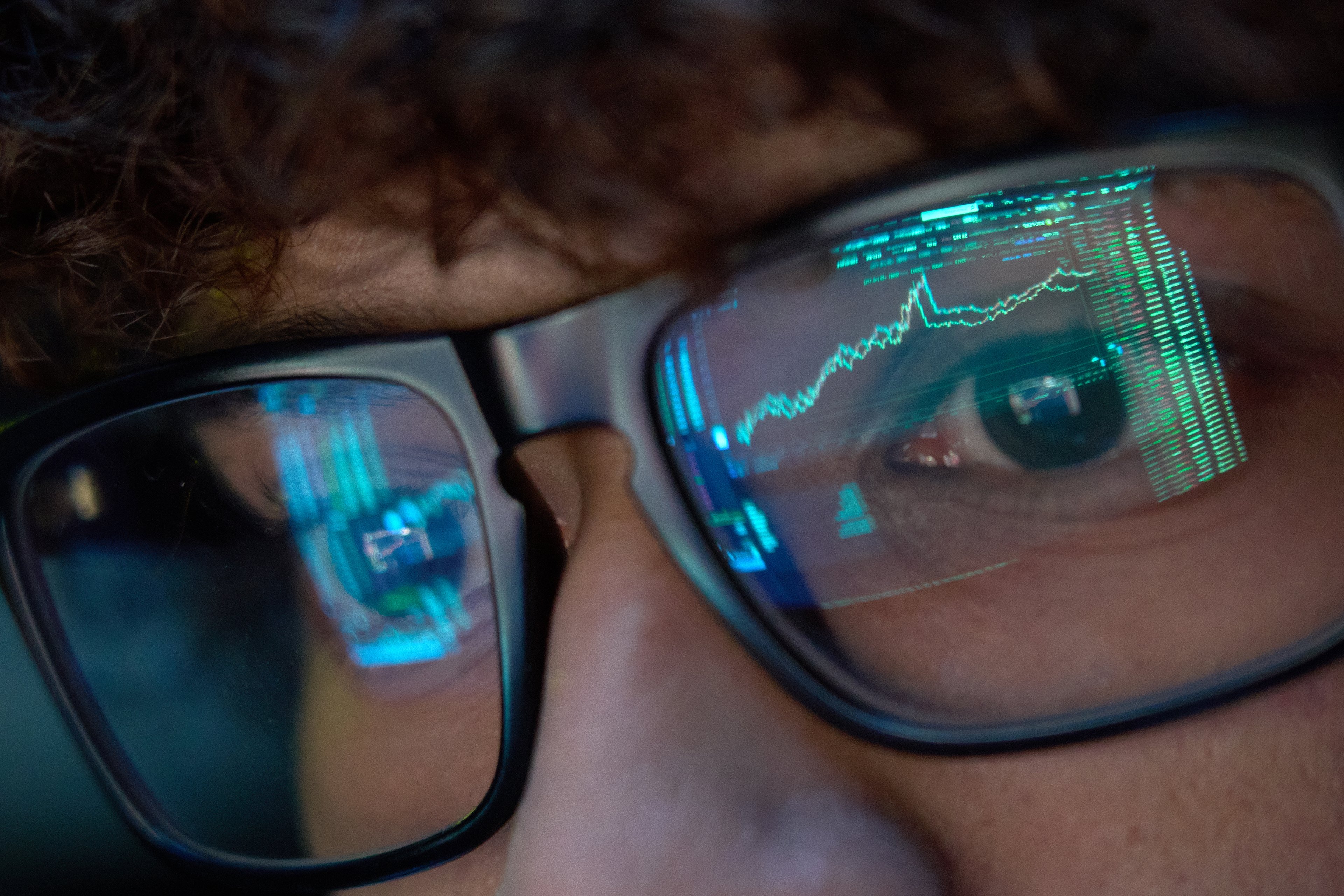On the first day of Google's (GOOG +0.48%) (GOOGL +0.69%) I/O developers conference this week, the company showed off smartwatches running Android Wear, a specialized version of the Android operating system made for tiny watch screens. The presentation was full of demonstrations and details catering to developers, but what should you take away from it?
Here are the three things to know about Google's Android Wear-powered smartwatches.

Source: Android Wear website.
1. You'll need an Android phone to use an Android Wear smartwatch
An Android Wear smartwatch tethers to your phone using Bluetooth, and it is only compatible with Android phones. These watches can be seen as an extension of the phone instead of as stand-alone devices, alerting users to texts or phone calls. The watch is a way to carry information out of your phone onto an even more mobile device, such as a recipe when cooking or a QR code for a flight's boarding pass.
This also means users will become even more locked in to devices that are specific to certain operating systems. Apple is known for its ecosystem of devices that sync well together, and for customers who stick to buying Apple products over and over again, from laptop to phone to tablet. Google will now have a bit of a leg up, at least until the rumored iWatch appears, in the number of devices a user's account can span, from its Nexus or Android phones, to tablets, to Chromebooks, to watches. Choosing which phone to purchase will depend increasingly on what its ecosystem offers.
2. You might be the only one to buy one
Google's smartwatch push will have a much stronger force behind it than previous attempts by Samsung and Pebble. Still, both of those companies' efforts have been extremely niche products. According to NDP, 500,000 smartwatches have been sold since last October; Samsung took in 78% of the associated revenue, while Pebble took 18%. Samsung's Galaxy Gear had a 30% return rate at Best Buy, according to a memo leaked last October.
Google demonstrated a variety of uses for the watches: calling a hired car to pick you up, ordering a pizza, or quickly dismissing calls and responding with a pre-written text message. However, the first watches for sale, the LG G Watch and Samsung Gear Live, each cost over $200. The applications will be limited until developers have time to extend their Android applications to the phone, and many applications may not make any use of the small screen and limited input options.
Google will have the best chance of succeeding with smartwatches so far, but don't be surprised if you never see one outside of San Francisco.
3. Smartwatches are still very early in developmentThese smartwatches are first attempts at bringing the technology to a wider audience. In terms of adoption, we're very early in the process. Think of early laptops, early PDAs, or early smartphones, where only that gadget-obsessed neighbor had the latest product.

Smartwatches are still very early in the innovation adoption lifecycle. Source: Wikipedia.org.
This means that, like any first product, there will be plenty of bugs to work out. And it also means that it could be a very long time until smartwatches gain the wide acceptance needed to incentivize developers to work on greater uses. But newer technologies have been adopted at a increasingly faster pace, which means that wait might not be too long.
The right timing with the right product could make or break the future of companies.







